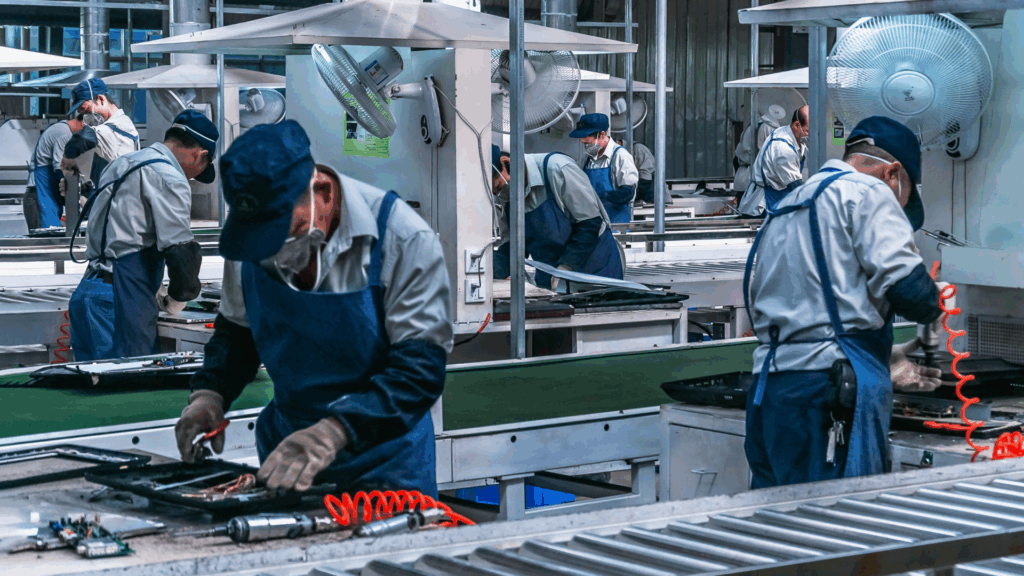Many manufacturing companies lose significant resources-time, money, and energy-due to inefficient processes. Issues like bottlenecks, downtime, and suboptimal workflows often remain hidden without thorough analysis. In this post, we’ll explore how data analysis and process simulations can streamline production and boost efficiency. We’ll also show how DBR77 supports workflow optimization at every stage.
How to Identify Bottlenecks in Production

A bottleneck is a stage in the process where limited capacity slows down the entire production flow. Typical signs include queues of semi-finished products before a workstation, machines in later stages waiting idly for materials, and uneven resource utilization-some machines overloaded, others underused. By analyzing data on cycle times, number of operations, and micro-downtime, you can quickly pinpoint critical points that restrict throughput.
The Importance of Data in Production Optimization
Without hard data, optimizing processes is like navigating in the dark. Key data points include operation times, material flow, machine availability, error rates, and resource utilization. Collecting and analyzing this information objectively reveals which elements of the process need improvement. Systematic data collection also allows you to track the impact of changes and maintain high efficiency over time.
The Role of Simulation in Process Improvement
Simulations allow you to test different workflow scenarios without the risk of halting production. For example, you can experiment with new production line layouts, assess how changing the number of operators affects output, or optimize the sequence of operations and machine placement. Simulations make it possible to compare several options and select the best solution before making any physical changes, reducing risk and accelerating improvement.

Real-World Examples of Improved Efficiency
- A furniture factory reorganized its production line layout after flow analysis, increasing output by 22%.
- An automotive components manufacturer used simulation to balance its line, reducing production cycle time by 18%.
- A logistics plant optimized internal transport routes, shortening order fulfillment time by 15%.
These examples show how data-driven changes can deliver measurable results across different industries.
How DBR77 Analyzes and Optimizes Workflows
DBR77 creates a digital twin of your facility, replicating physical production and logistics processes in a 3D environment. The platform collects real-time data from machines and processes, using it for dynamic flow analysis. AI algorithms highlight bottlenecks, areas of loss, and potential improvements. Users can run simulations of various production scenarios and evaluate their impact on efficiency-making it easier to choose the right path forward.
Benefits of Automated Process Analysis
Automating process analysis means you can detect operational problems faster, without time-consuming manual audits. Working with real data increases the accuracy and objectivity of your analysis. Continuous optimization becomes possible-you’re not just reacting to visible issues, but proactively improving processes. Testing different solutions quickly also saves time and resources, allowing for more agile decision-making.

Challenges in Changing Existing Processes
Introducing changes isn’t always easy. Employees may resist adjustments to established procedures, and there’s a risk of production disruptions during the rollout of new layouts or methods. Integrating new solutions with existing ERP or MES systems can be complex, and staff will need training on new procedures and tools. Addressing these challenges with clear communication and support is key to successful implementation.
Practical Steps for Implementing Optimization
Start by analyzing your current state and identifying the most pressing problems based on data. Model your existing workflows digitally, then simulate different optimization scenarios-testing new layouts or methods. Choose the best option based on simulation results and data analysis, then implement the change with minimal disruption. Ongoing monitoring and continuous improvement, supported by regular data collection, help sustain high efficiency.

The Role of Employees in New Processes
The success of any optimization initiative depends on employee engagement at all levels. It’s important to explain the goals of changes and highlight the benefits for staff-such as reduced stress and better work planning. Training and workshops help build understanding and acceptance for new processes, while employees themselves can be a valuable source of ideas for further improvements.
Ready to unlock the full potential of your production?
Discover how DBR77’s data-driven platform and digital twin technology can help you identify bottlenecks, simulate improvements, and drive real efficiency gains. Visit our IoT DBR77 solutions page to learn more.
Finally, we invite you to listen to our podcast, where we discuss the latest trends and practices in data-driven manufacturing. Subscribe to us on your favorite streaming platform so you don’t miss future episodes where we share inspiration, expert interviews and practical tips for production leaders.
Subscribe to stay up to date
https://factoryonair.buzzsprout.com
Book a free session with a DBR77 expert and see how our platform works in action.
Let’s talk: Book a meeting
Until we hear from you!
